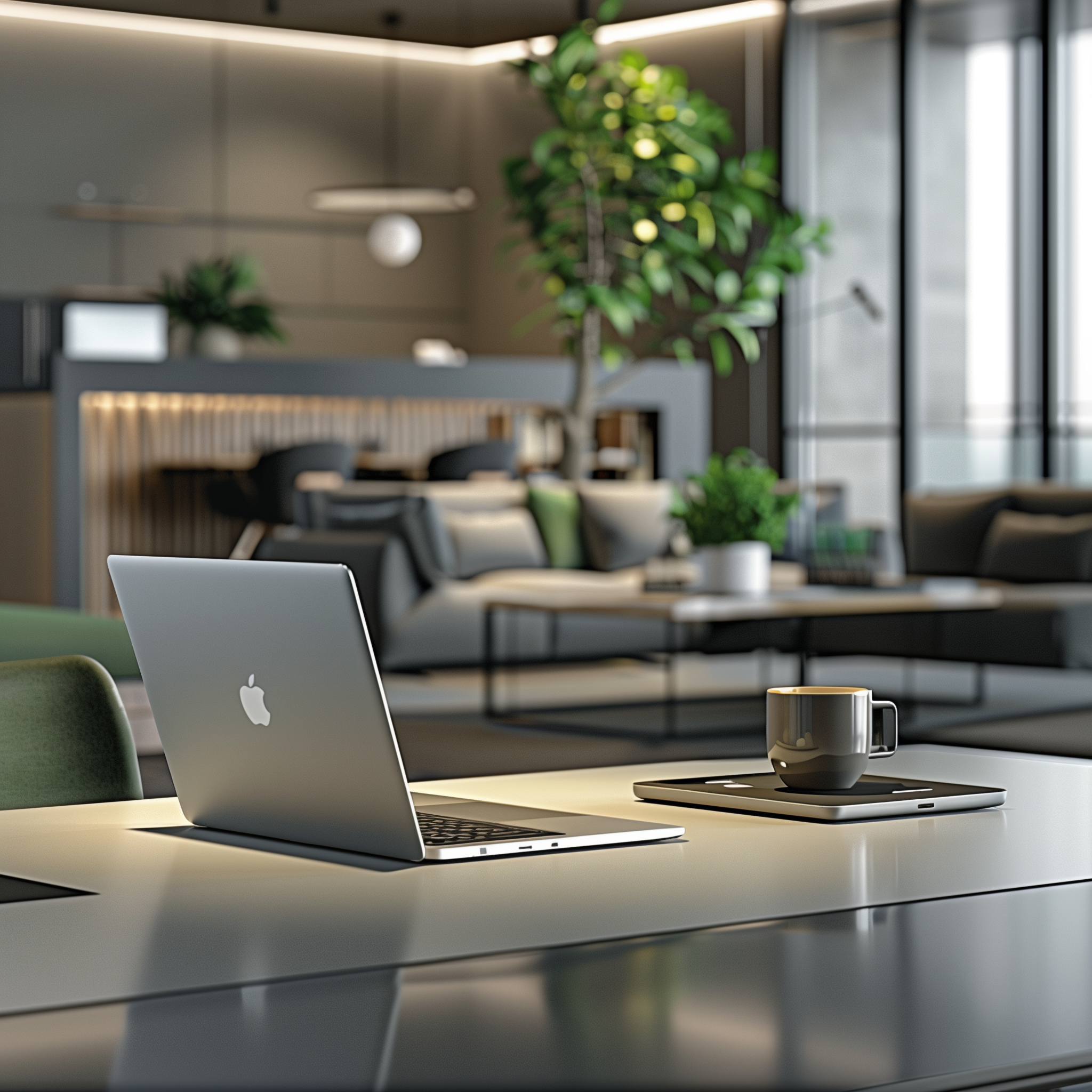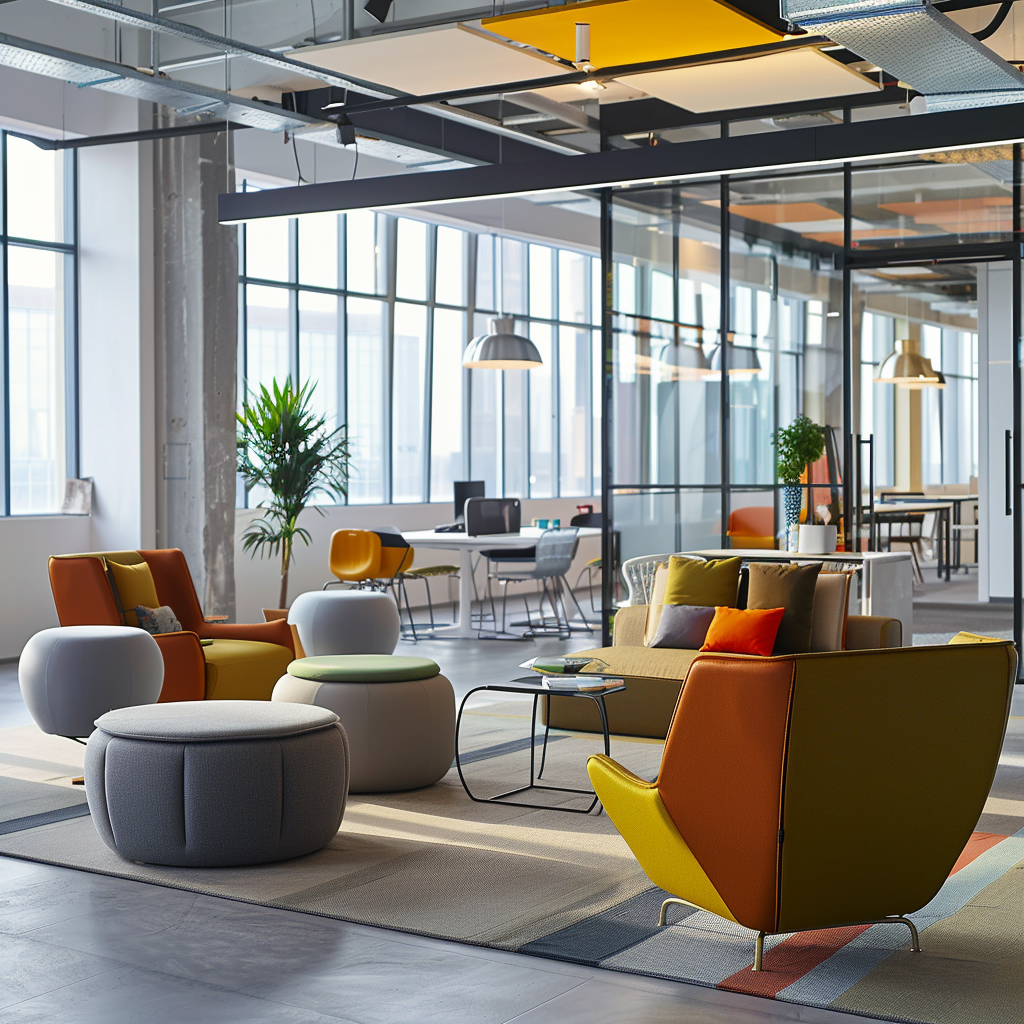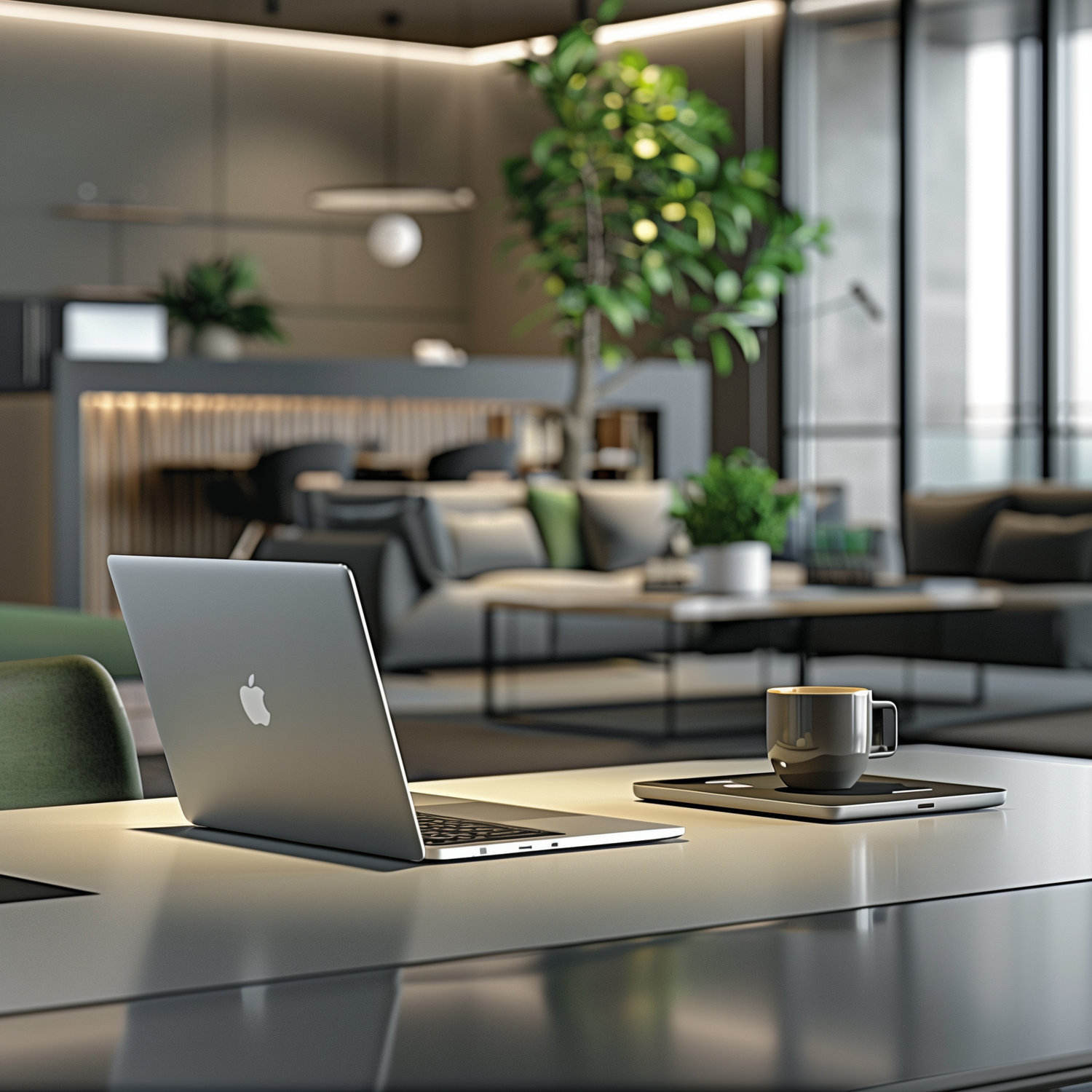In today’s rapidly evolving professional landscape, the concept of a traditional office space is being reimagined and reshaped by the forces of technology and the growing demand for flexibility. "The Future of Work: How to Design a Hybrid Office Culture That Supports Working from Anywhere" delves into this transformative shift, exploring how innovative design and cutting-edge technology are converging to create hybrid work environments that are not only efficient and productive but also adaptable and comfortable for employees across the globe. This shift towards a work-from-anywhere culture signifies a pivotal change in how we view and engage with our workspaces. By integrating ergonomic furniture, smart space utilization, and seamless technology, businesses are crafting environments that foster collaboration, creativity, and well-being, regardless of physical location.
1. The Role of Interior Design in Hybrid Workspaces
- Choosing the Right Furniture for Flexibility and Comfort
The role of interior design in hybrid workspaces, particularly in choosing the right furniture for flexibility and comfort, is paramount. As these environments blend home and office settings to accommodate both in-person and remote work, furniture choice becomes a critical factor in enhancing productivity, comfort, and adaptability. Key considerations include ergonomic design to support long hours of work, modular furniture that can be easily reconfigured for different needs or team sizes, and pieces that promote both individual focus and collaborative interaction. Additionally, the aesthetic appeal of the furniture contributes to a welcoming atmosphere that can boost morale and foster a sense of belonging among employees. Overall, thoughtful interior design and strategic furniture selection are essential in creating a hybrid workspace that supports the dynamic needs of today’s workforce.
- Integrating Technology into Your Space for Seamless Work
In hybrid workspaces, the integration of technology through interior design is crucial for creating a seamless work environment. This approach focuses on embedding technology solutions such as wireless charging stations, integrated power supplies, and smart lighting into the workspace design. The aim is to ensure that technology enhances the functionality of the space without disrupting its aesthetic or comfort. Furniture with built-in tech capabilities can facilitate easy transitions between individual and collaborative work, while also supporting remote participants in meetings. By thoughtfully incorporating technology into the physical layout, interior design can bridge the gap between the digital and physical realms, making hybrid workspaces more efficient, connected, and conducive to productivity.
2. Design Principles for a Productive Work-from-Anywhere Office
- Maximizing Space Utilization for Hybrid Work
Design principles for a productive work-from-anywhere office that maximizes space utilization for hybrid work focus on flexibility, ergonomics, and connectivity. Key strategies include using multi-functional furniture that can easily be adapted for various tasks, ensuring that work areas are ergonomically designed to support health and productivity, and incorporating technology that facilitates seamless communication and collaboration. Efficient use of space is crucial, with zones designated for focused work, meetings, and relaxation to support different work modes. Natural lighting, noise control, and the inclusion of greenery can enhance well-being and focus. These principles aim to create adaptable, efficient spaces that support the fluid nature of hybrid work, allowing individuals to thrive whether they're working on-site or remotely.
- Incorporating Elements of Home in Office Design
Incorporating elements of home into office design, especially in a work-from-anywhere setting, hinges on creating a comfortable, welcoming environment that enhances productivity and well-being. This approach includes the use of warm lighting, comfortable seating, residential-style furnishings, and personalizable workspaces. By blending the professionalism of the office with the comfort of home, these design principles aim to reduce stress, boost morale, and increase job satisfaction. The inclusion of communal spaces, like kitchens or lounges, encourages collaboration and a sense of community among team members, further blurring the lines between home and office to support a more flexible and enjoyable work experience.
The shift towards hybrid office culture represents an exciting opportunity to rethink and redesign our workspaces. It's about creating environments that support flexibility, collaboration, and wellbeing, regardless of where work is being done. By focusing on furniture, interior design, and technology, businesses can create spaces that truly embody the work-from-anywhere ethos.
In this new era, the office is more than just a place to work—it's a space that supports the diverse needs and preferences of a modern workforce. As we embrace this change, the potential to enhance productivity, creativity, and employee satisfaction is immense. The future of work is here, and it's hybrid.





